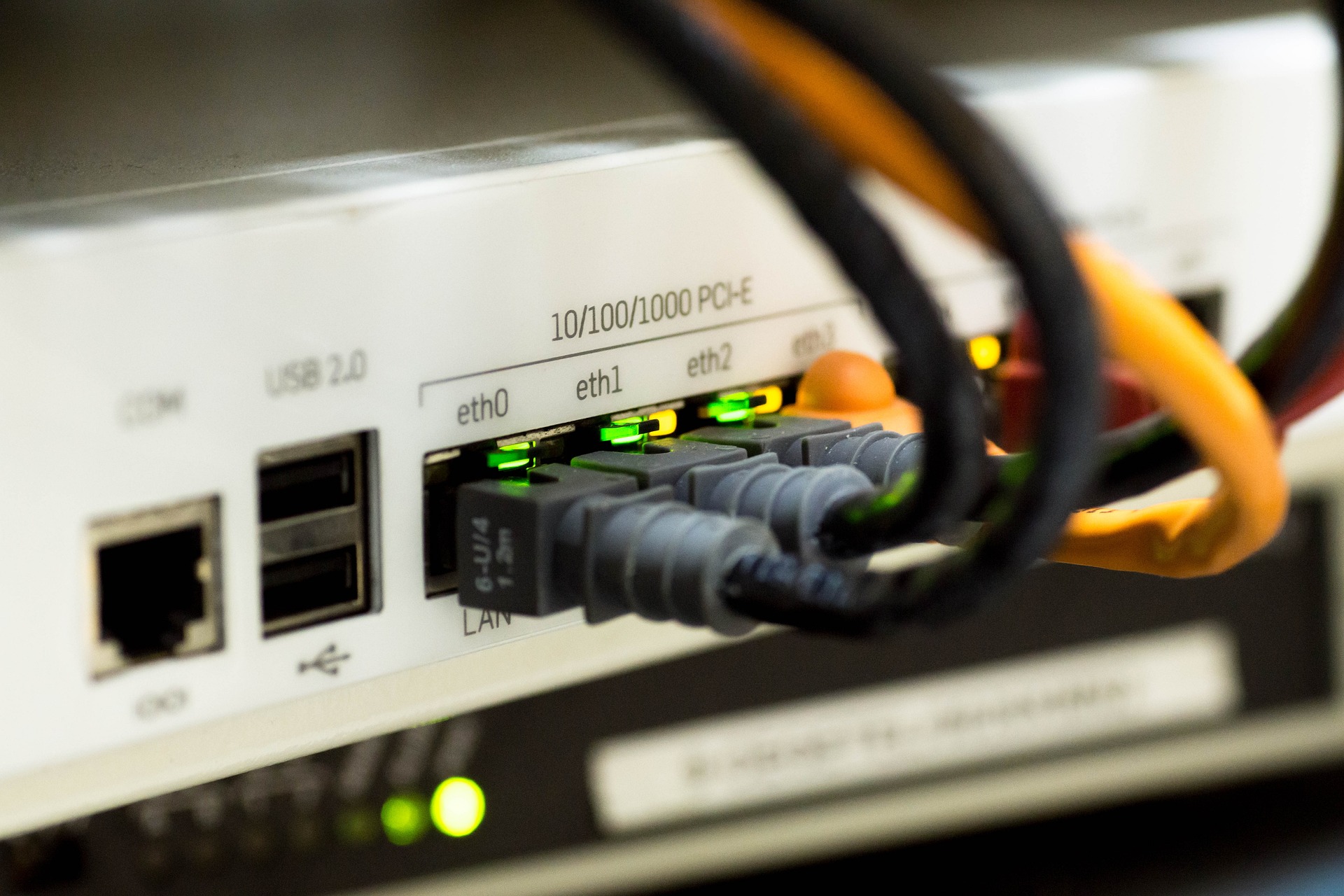Time flies, and it’s hard to believe that ethernet technology – the backbone of our connected world – is turning 50 years old in 2023. The efficiency and reliability of Ethernet have seen this technology applied to a diverse spectrum of applications and interoperability.
The History of Ethernet
Ethernet originated as a 10-Mb/s communication channel, which was more than speedy enough for computing needs at the time. By 1995, Ethernet had expanded to 100 Mb/s, allowing new applications, higher-density storage devices, and the rapidly evolving internet. Tech companies like Novell and Banyan developed comprehensive end-to-end systems, avoiding many of the common interoperability issues. Unlike other serial communication protocols like USB, Ethernet isn’t limited to a select architecture or interface.
Ethernet is open to many interpretations, implementations, and applications. Decades later, interoperability problems have become more complicated with multiple data rates, diverse connection interfaces, and myriad new applications competing for resources. In the last 20 years, the data rate for Ethernet installations has evolved beyond 10 Gb/s to more than 40 0Gb/s. Ethernet is now utilizing twisted-pair cabling in both the 4-pair category and single-pair, along with twinaxial cabling and optical networks.
Ethernet Today
Ethernet is the foundation of the internet and the mechanism behind the current IoT explosion, utilized in consumer, commercial, and military applications. Self-driving cars and connected roadway applications communicate using the Ethernet. This Ethernet ecosystem, originally developed for the automotive industry, has now expanded to connect other applications in the industrial space. Smart household appliances, HVAC systems, and building controls are all dependent on single-pair Ethernet connections.
Manufacturing plants and office buildings both benefit when data and power are transmitted over Ethernet premise wiring. It lowers costs by consolidating cabling and operational expense via the management of power and energy.
Into the Future
Ethernet technology continues to evolve at lightning speed, with upgrades compelled by applications across a wide range and at every echelon of function and speed.
At the fastest end of the spectrum, those donating their time, energy, and brain power to the IEEE 802.3 Ethernet (standards) Working Group are now beginning to ship products and solutions based on the current 100-GbE standard. However, the most discussed topic in Ethernet tradeshow booths this year is 200-Gb/lane signaling. The “need for speed” is a no-brainer, but must be developed under tolerance for the costs and challenges involved. The innovation of lane speeds is accompanied by the amount of lanes that can be merged in a single connector footprint. The Octal Small Form Factor Pluggable (OSFP) and the Quad Small Form Factor Pluggable Double Density (QSFP-DD) interfaces are designed to consolidate eight distinct data lanes into a single port.
What Does it All Mean?
The innumerable potential applications of Ethernet technology seem to have no limits. With each subsequent year, IT professionals are exposed to products and applications that integrate more dynamic features and capabilities due to Ethernet communication technologies.
If you are a Sarasota area organization looking to streamline your data communications and upgrade your networks, Alliance IT can help. Our team of experts represents a deep bench of knowledge. We have been involved in the IT universe for decades and have experienced the evolution of Ethernet along with our clients. We will meet with you to do a technical assessment to determine your current situation and imminent needs and make recommendations as to your best plan of action.
Alliance IT is a managed services firm that specializes in cloud services, structured cabling, and VoIP solutions for small to medium-sized businesses in the Sarasota region.

